Recently, hosted by Beijing City University (BCU), the China National Arts Fund Sponsored Project “Chinese Color Glaze Ceramic Art Tour Exhibition”, successfully concluded its nationwide tour across seven cities: Guilin, Jingdezhen, Fuzhou, Yuzhou, Hohhot, Beijing, and Xi’an.
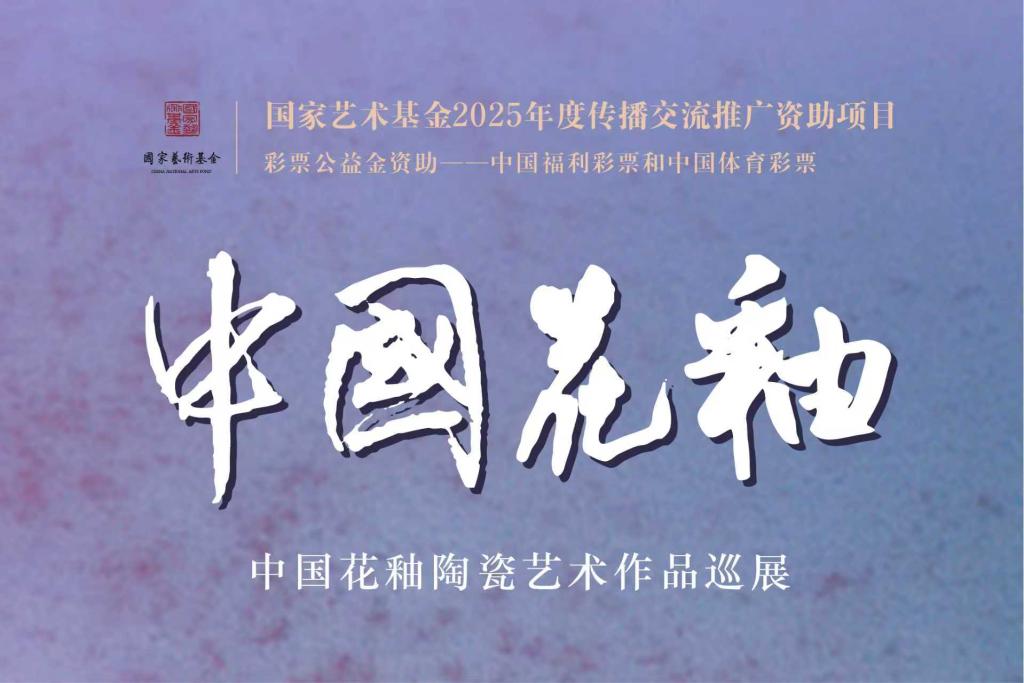
Guided by the Chinese Arts & Crafts Society, the exhibition was hosted by School of Cultural Heritage at BCU and organized by Beijing Ceramic Art Museum. It was co-organized by prominent art institutions including the Guilin Art Museum, The Jingdezhen Museum of Art, Fujian Shen Shao An Lacquer Art Museum, Yuzhou Jun Porcelain Cultural Park, Hohhot Art Museum, Beijing Ceramic Art Museum, and Shaanxi Liangbaolou Art Museum. The tour brought together 64 artists and 84 representative artworks (sets), structured around three thematic section: “Inheriting Classics” “Artisan Ingenuity” and “Boundary Integration”—achieving both academic depth and broad public impact.
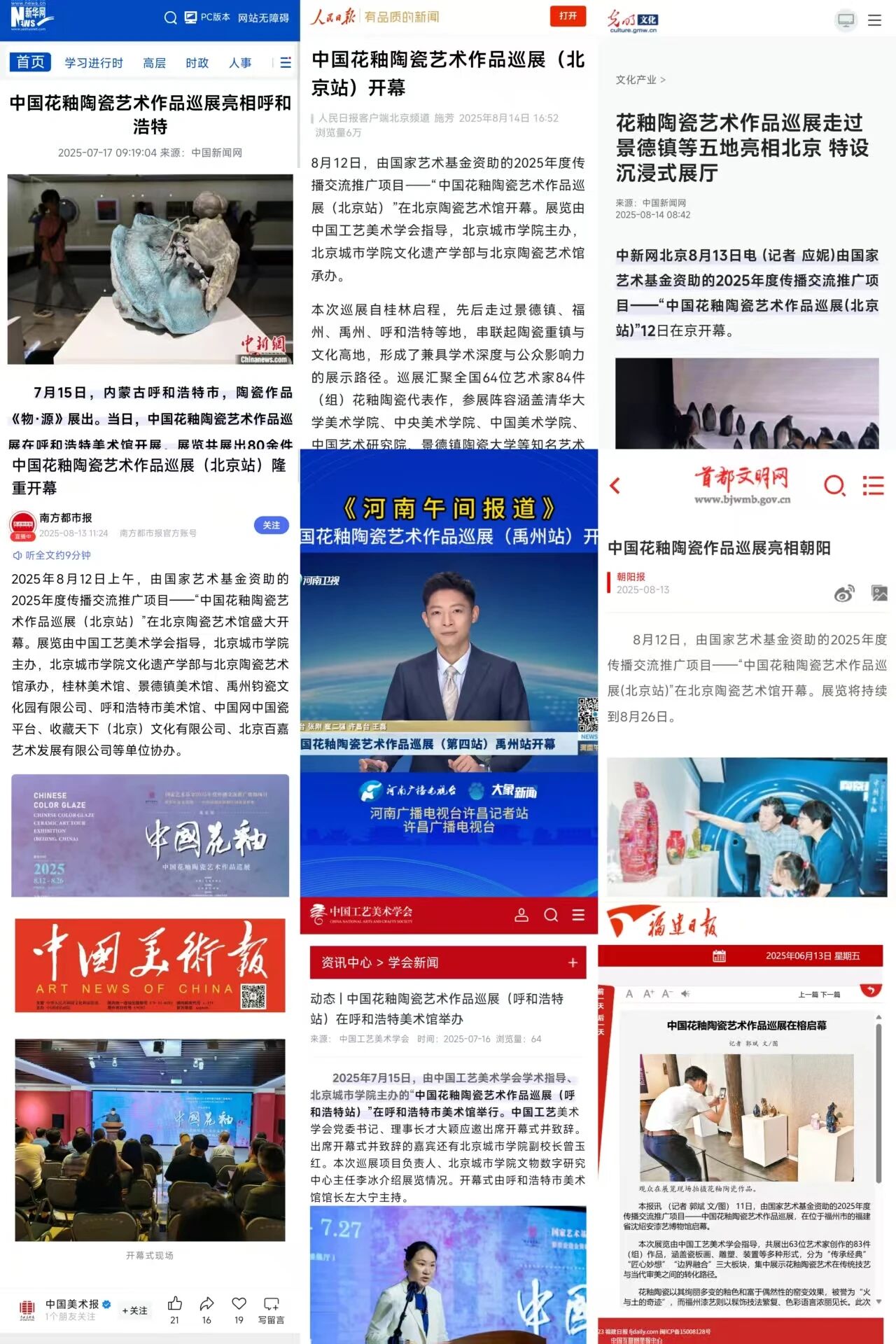
In terms of outreach, the project established a comprehensive media matrix combining central state media, major online portals, regional mainstream outlets, industry platforms, overseas Chinese media, and social video channels. The integrated online and offline campaign reached nearly one million impressions, generating widespread public attention.
Guilin Stop (April 19, Guilin Art Museum): The tour began in Guilin, where the poetic landscape of the Lijiang River provided a cultural context for the exhibition. The opening emphasized an aesthetic resonance between “landscape and color glaze”, echoed the exhibition’s overarching framework of “tradition, contemporaneity, and cross-disciplinary dialogue”.
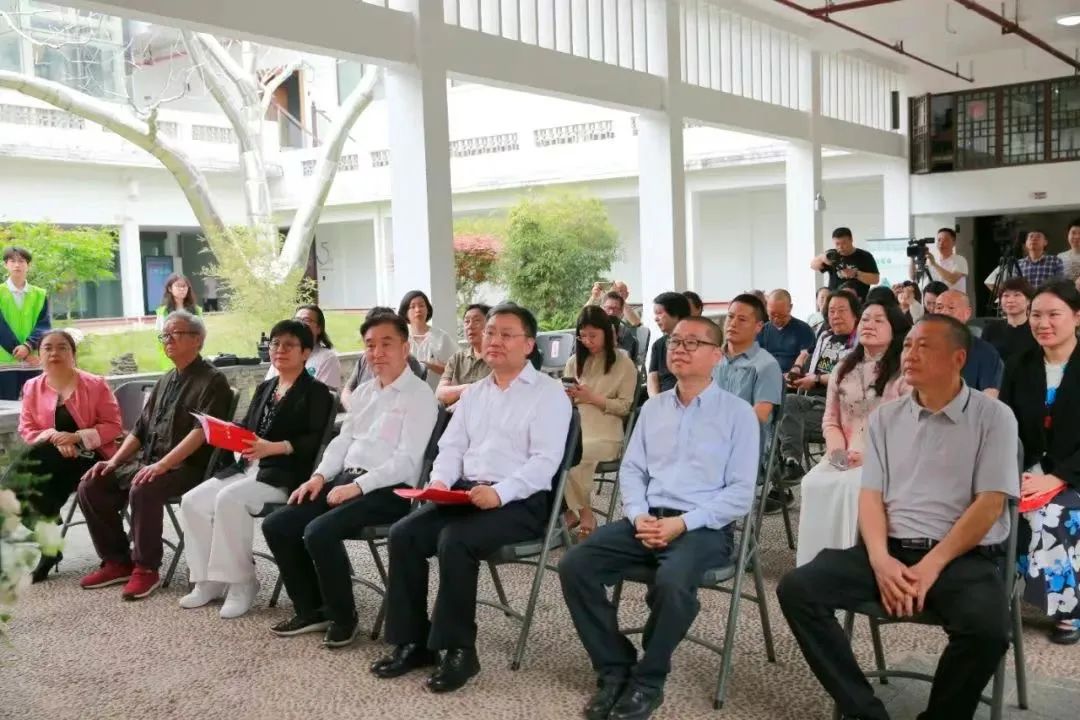
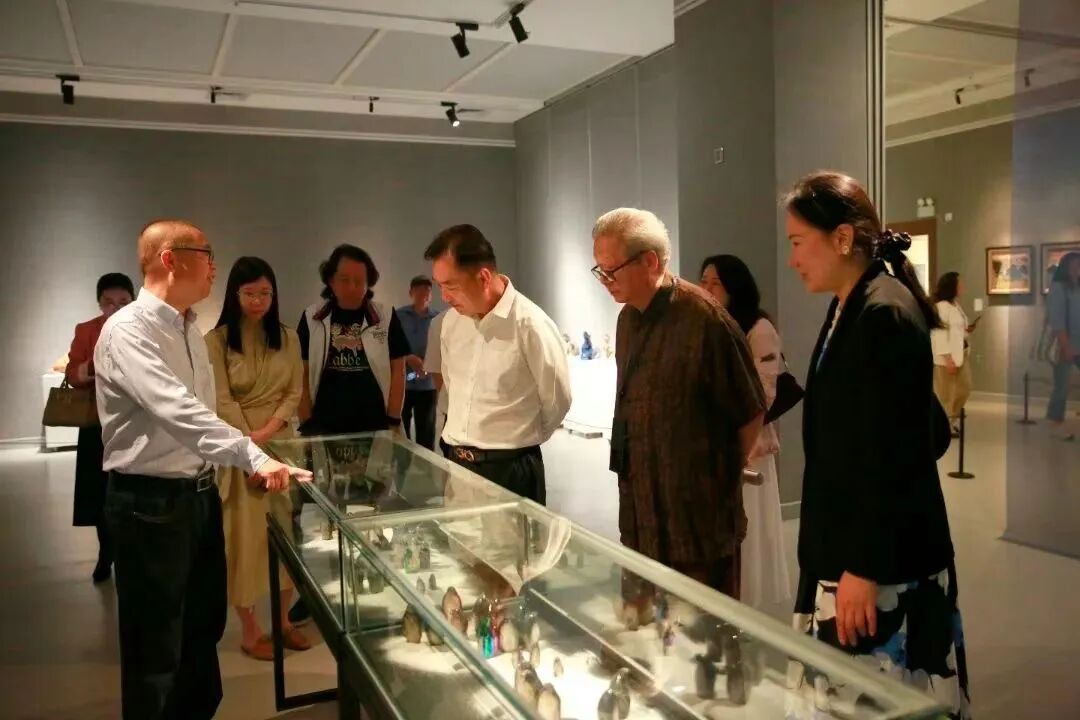
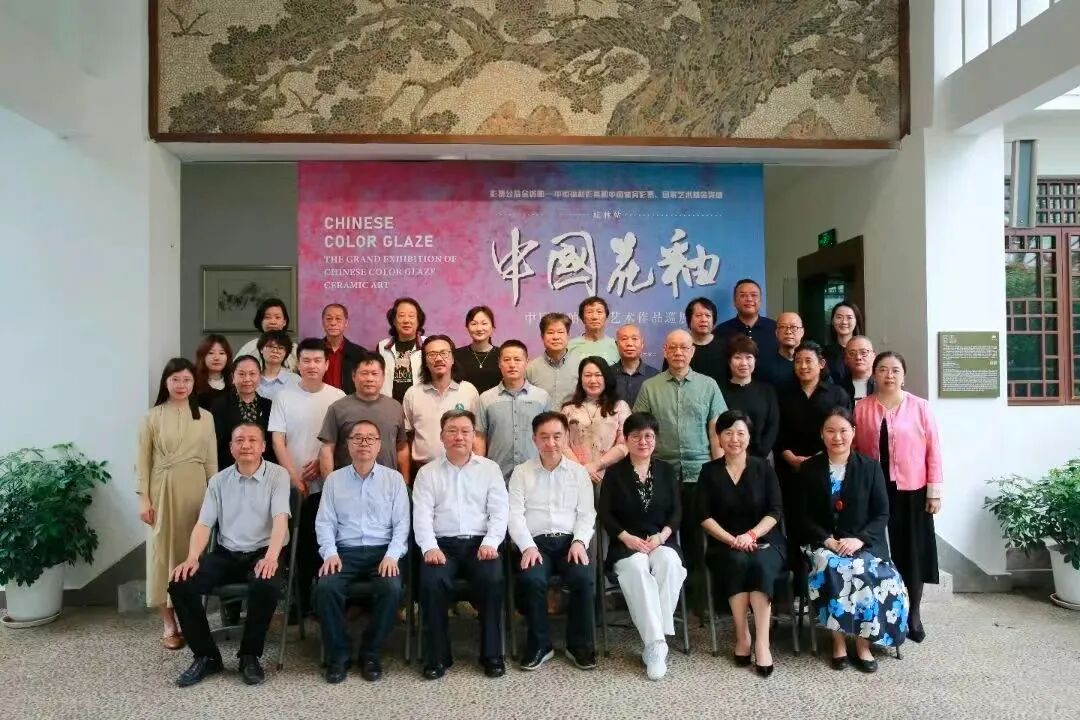
Jingdezhen Stop (May 15, The Jingdezhen Museum of Art): Leveraging the city’s rich ceramic heritage, the exhibition united academic and industry professionals. Participating artists gathered for the opening which featured a symposium titled “Traditional Continuity and Contemporary Expression in Color Glaze Ceramics”, fostering in-depth discussions on material language, theoretical construction, and industry-academia-research collaboration driven by education and communication.
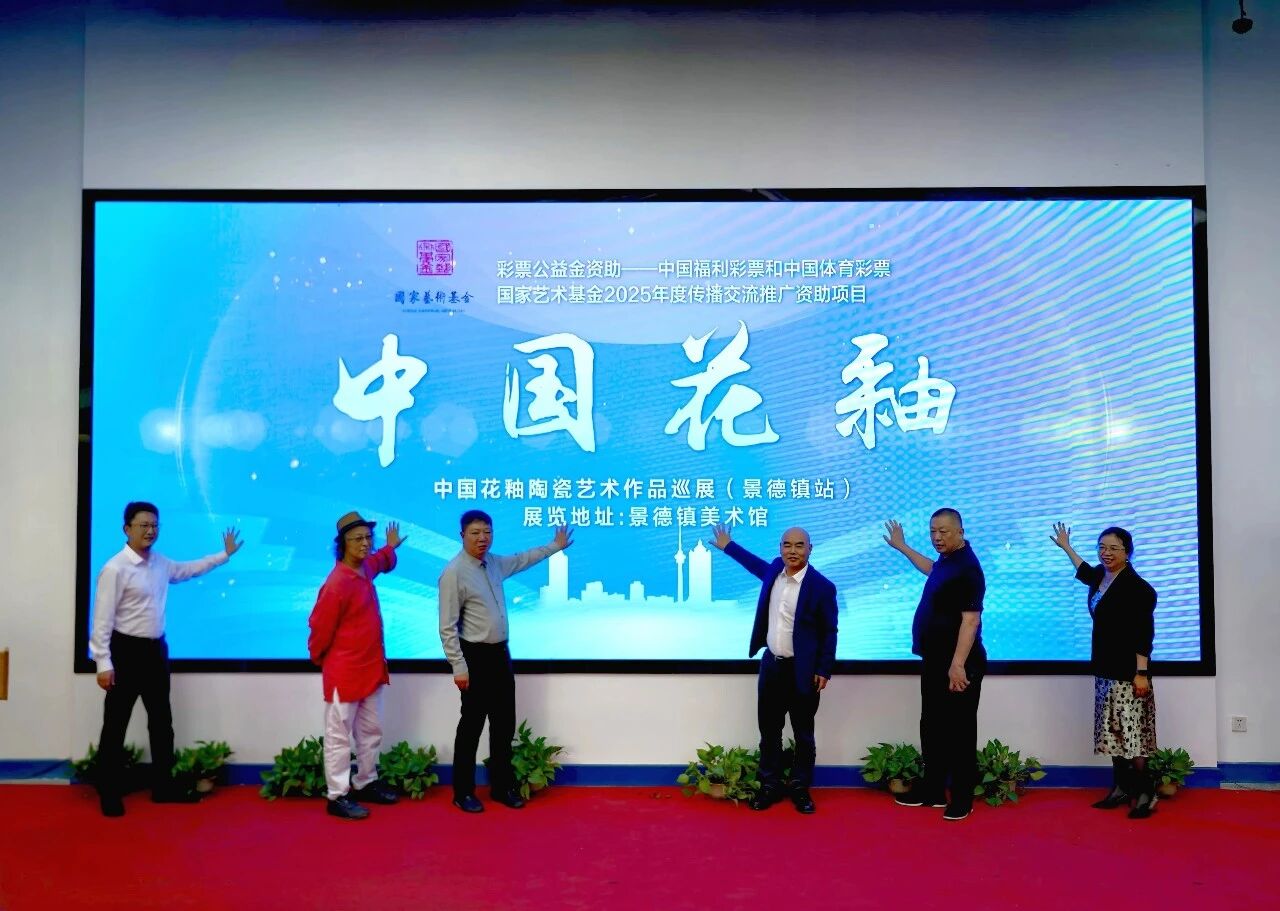
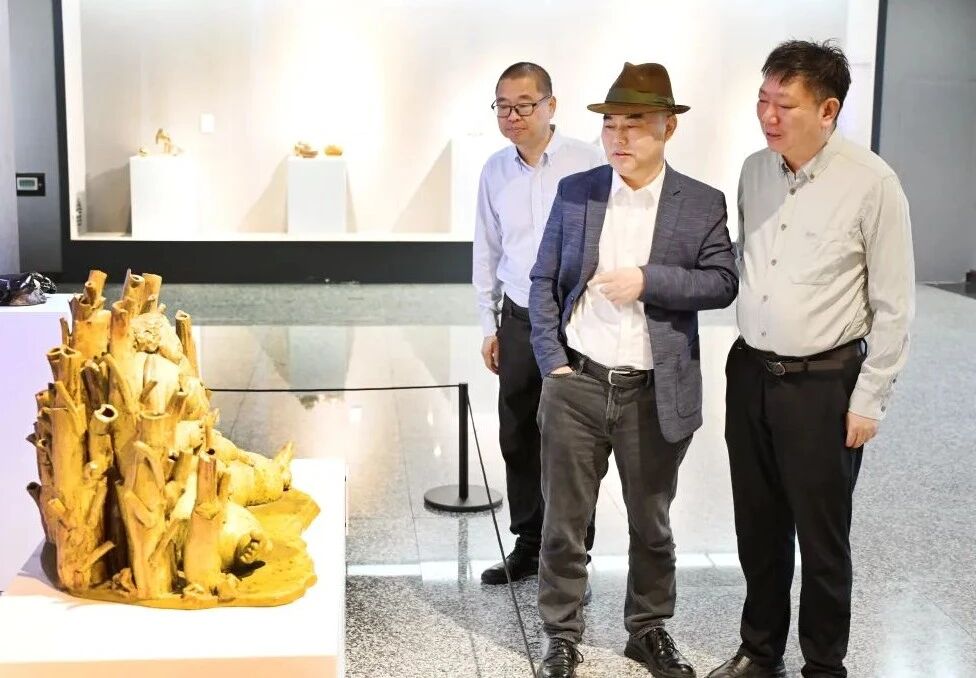
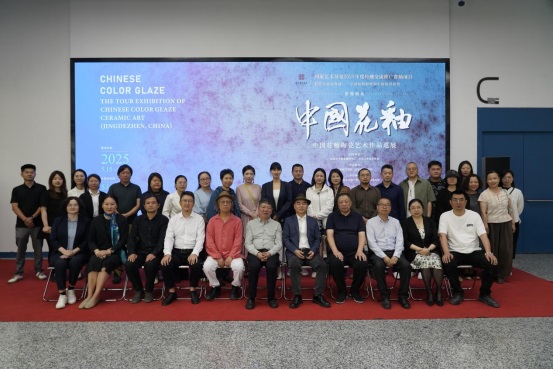
Fuzhou Stop (June 11, Fujian Shen Shao'an Lacquer Art Museum): explored spatial aesthetics of color glaze ceramics within a traditional architectural setting. It facilitated cross-dialogues with multiple intangible cultural heritage practices in Fuzhou, highlighting the interplay between ceramic textures and eastern craft philosophy, complemented by guided tours and study activities to enhance public engagement.
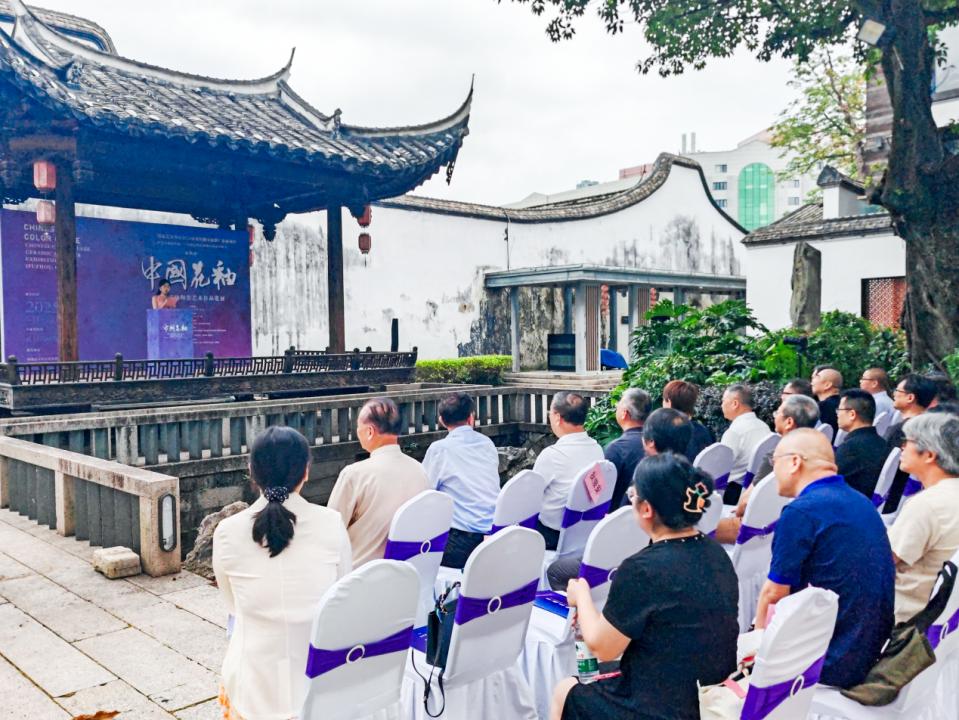
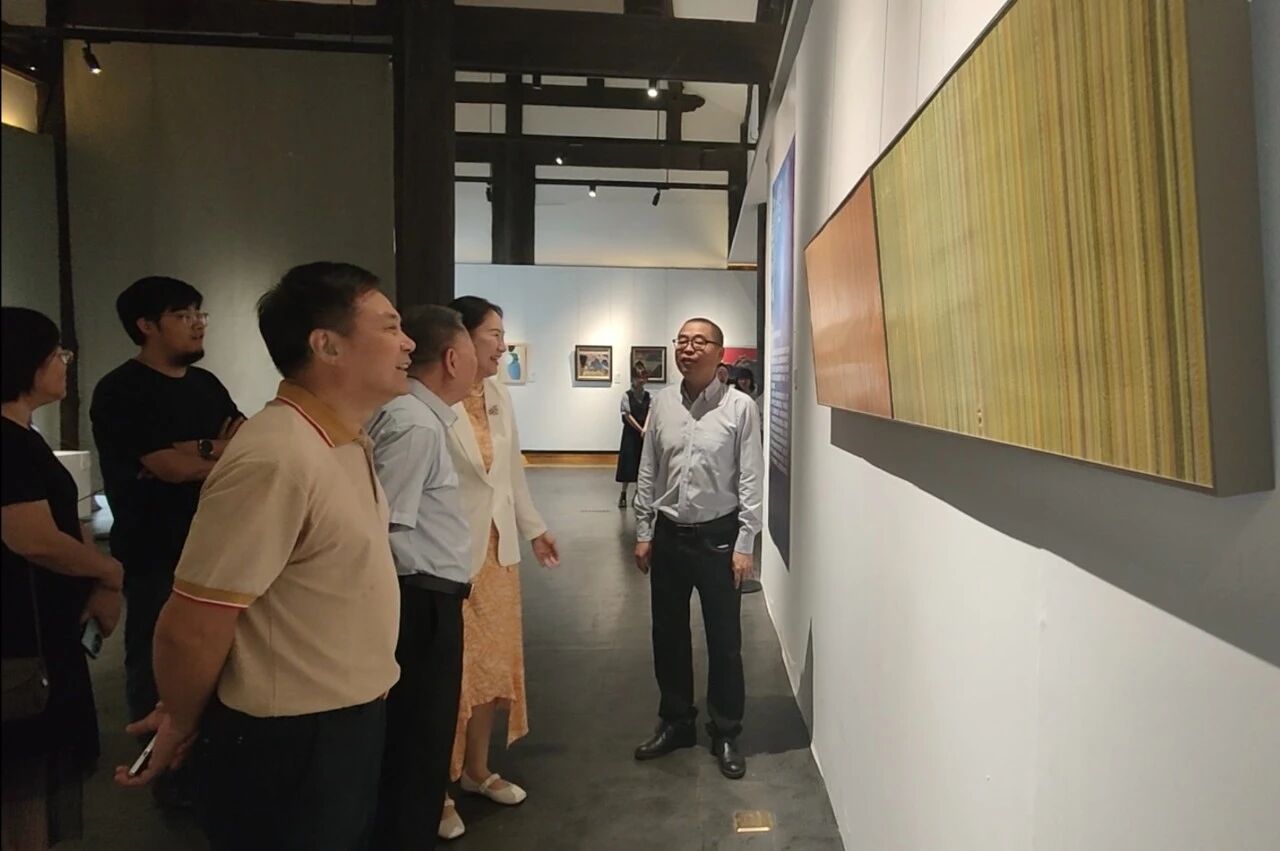
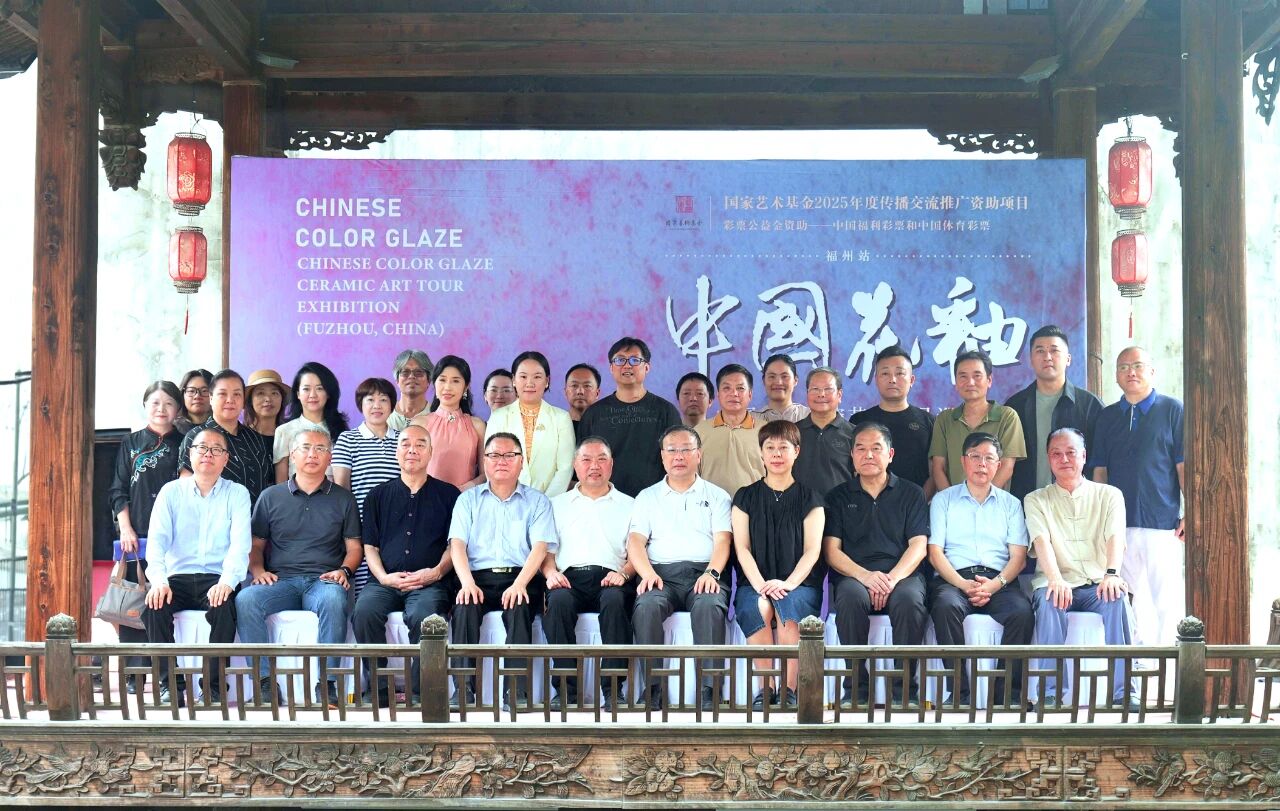
Yuzhou Stop (June 27, China Jun Porcelain Cultural Park): The exhibition emphasized the region’s historic kiln traditions and the iconic Jun porcelain adage—“one color enters the kiln, ten thousand emerge”. Discussions focused on how historical kilns can inspire contemporary innovation in color glaze ceramics, reinforcing synergies between regional identity, technical mastery, and aesthetic evolution.
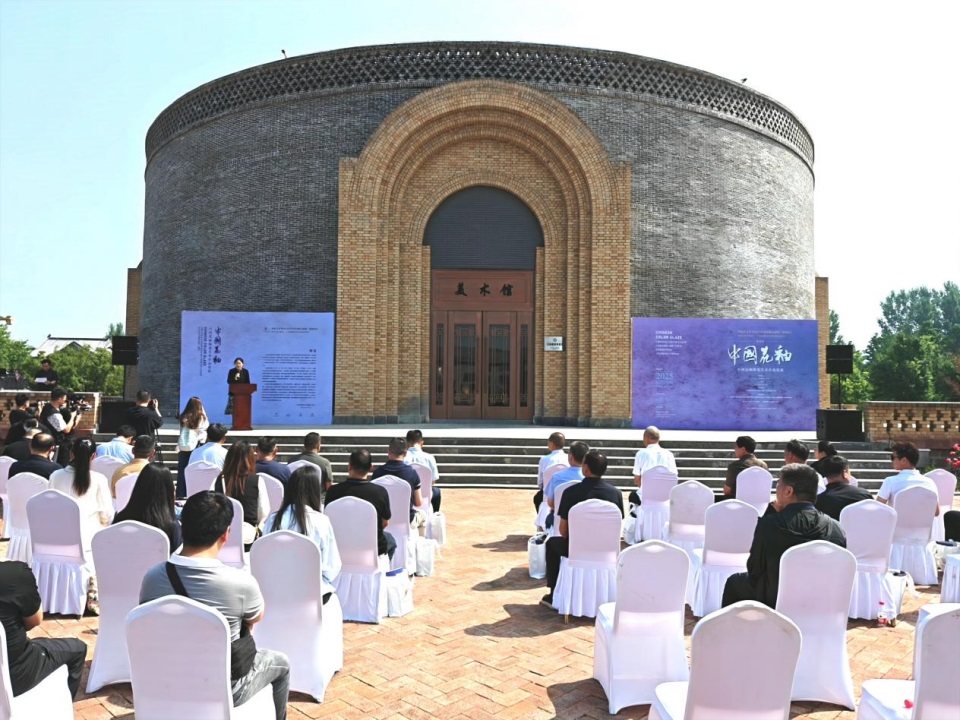
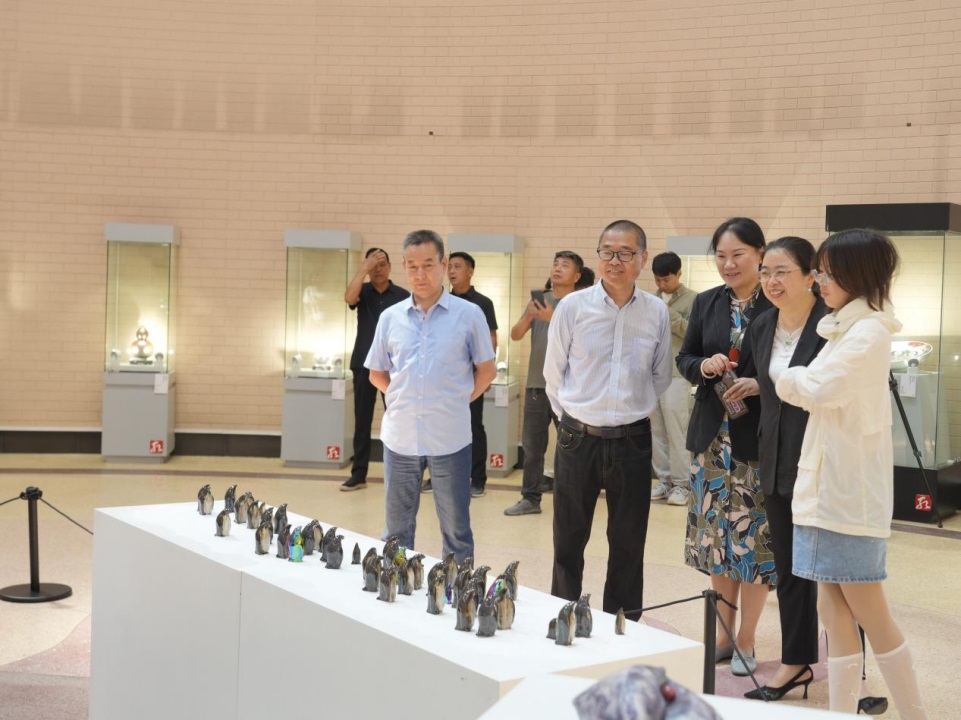
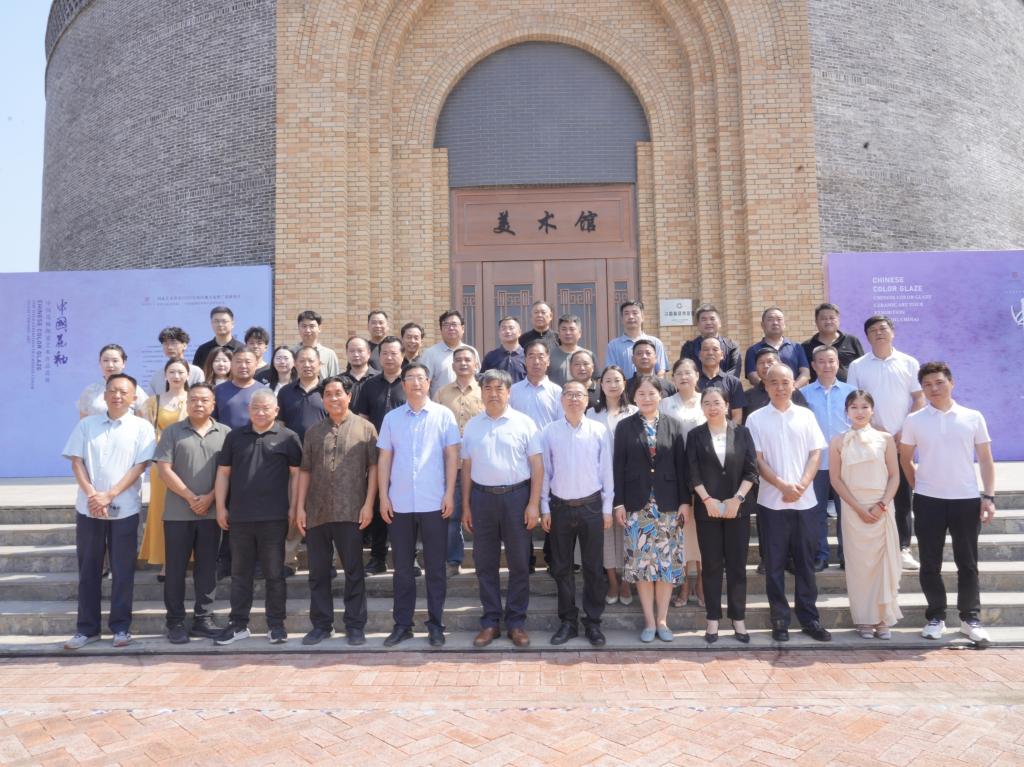
Hohhot Stop (July 15, Hohhot Art Museum): The exhibit introduced color glaze ceramics to ethnic minority regions, emphasizing an open framework centered on “academic value and industrial potential”. Guided tours and outreach promotions were specifically tailored for teenagers and the general public.
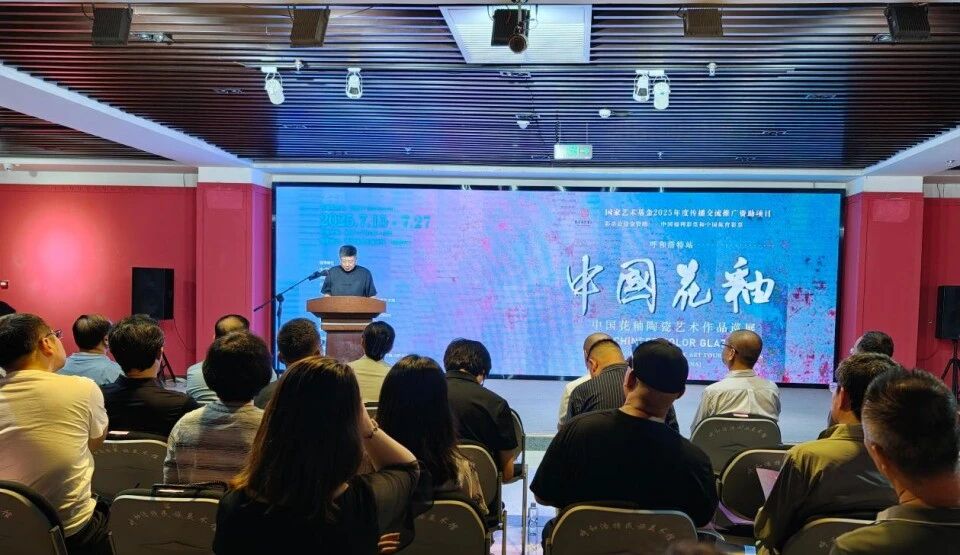
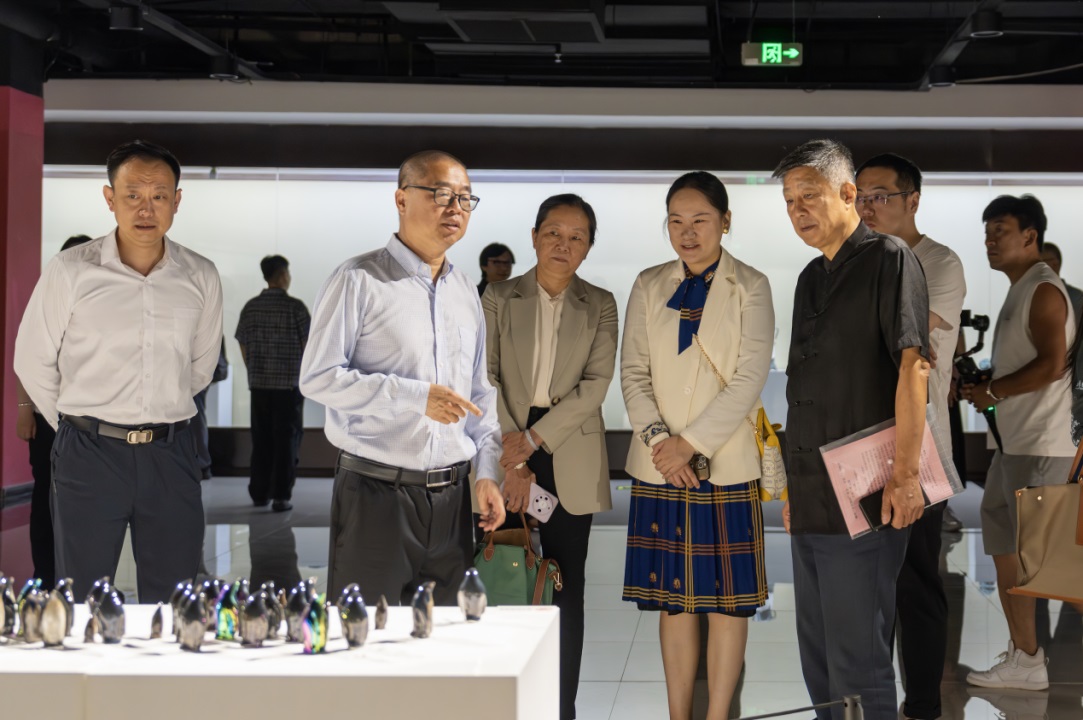
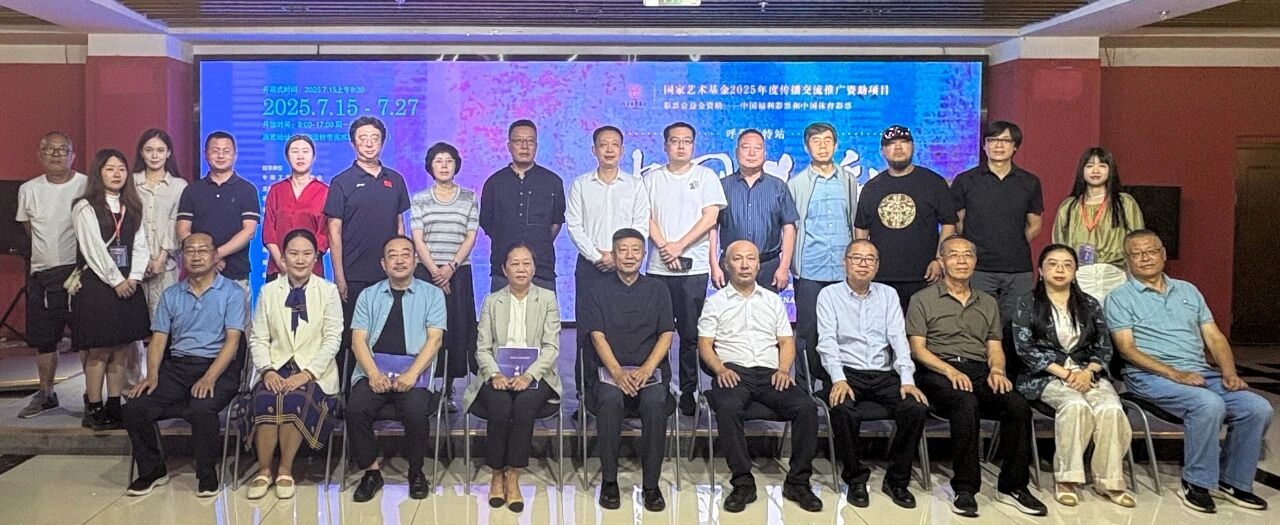
Beijing Stop (August 12, Beijing Ceramic Art Museum): Bringing together top-tier universities and cultural institutions in the capital, a digital immersive exhibition hall was featured, alongside an academic symposium titled “Creative Practice and Theoretical Research in Chinese Color Glaze Ceramics”, and family-oriented aesthetic education activities, further demonstrating how intangible cultural heritage infuses core spirit into urban public cultural services.
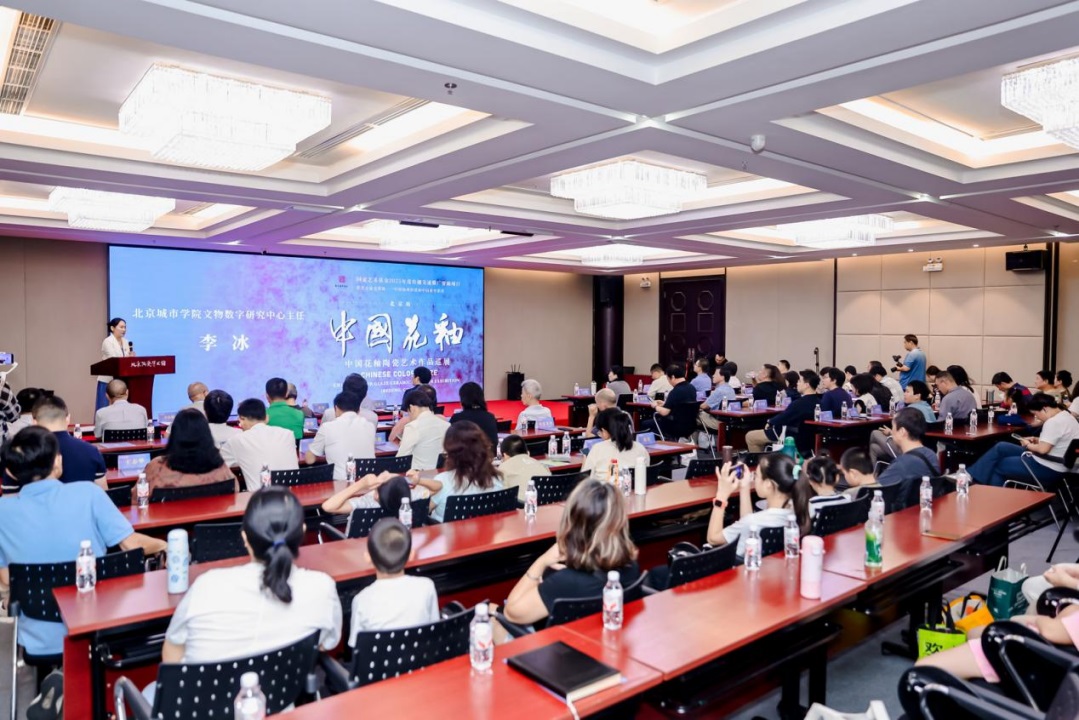
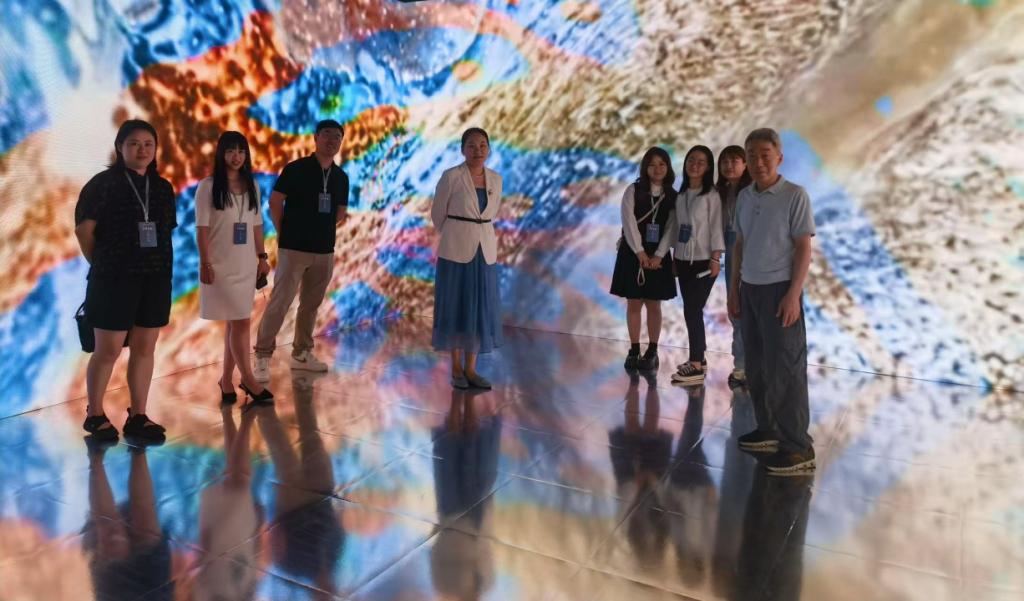
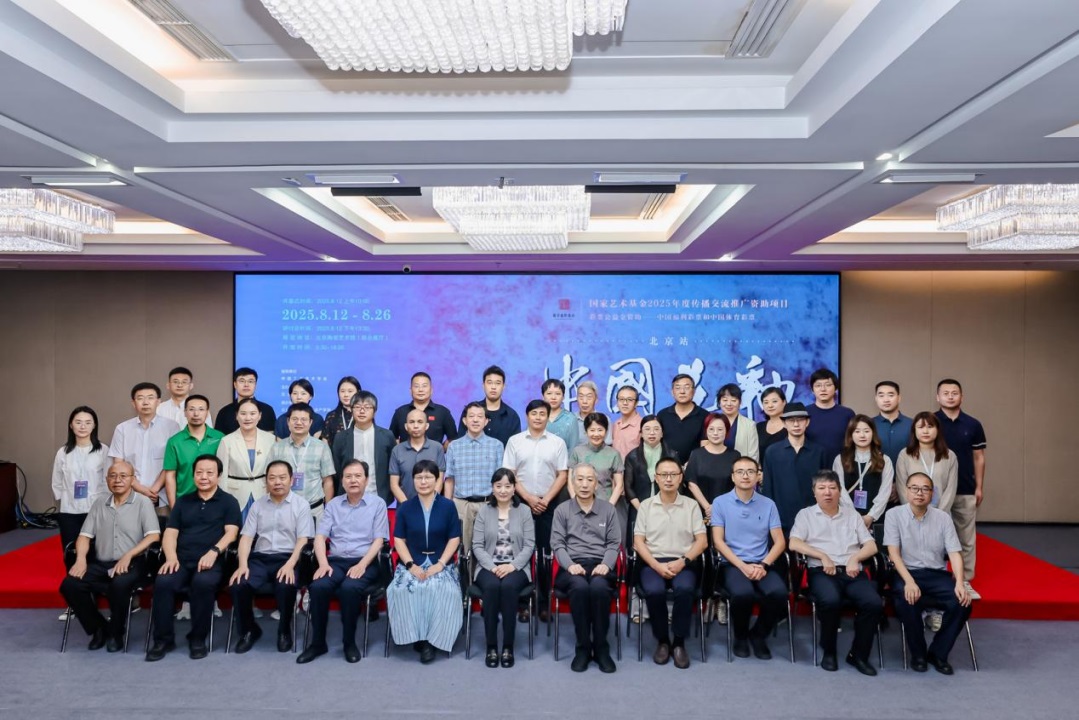
Xi'an Stop (September 13, Shaanxi Liangbaolou Art Museum): The tour culminated in Xi’an, the ancient capital and starting point of the Silk Road. The exhibition provided a stage summary and retrospective for the tour, consolidating creative and academic achievements. Deepening the interpretation and dissemination of ceramic art, it received rave reviews from visitors.
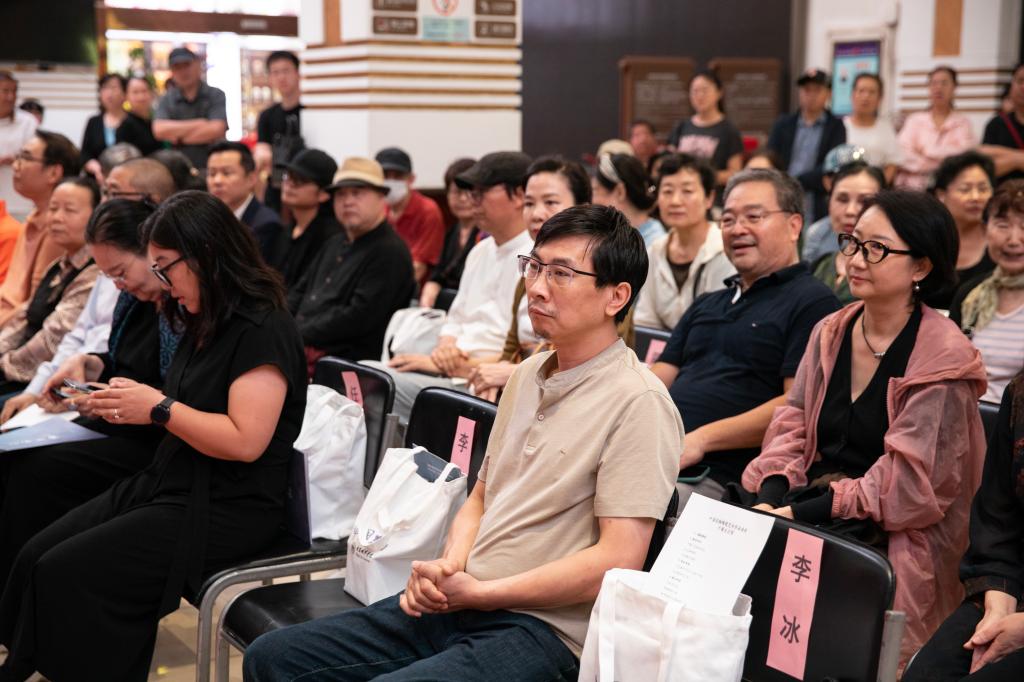
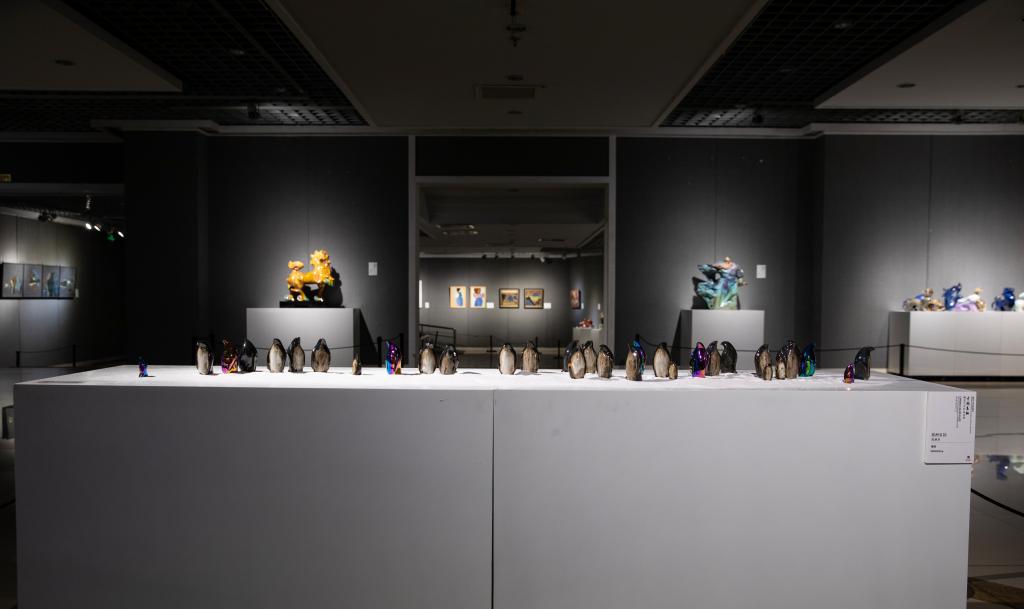
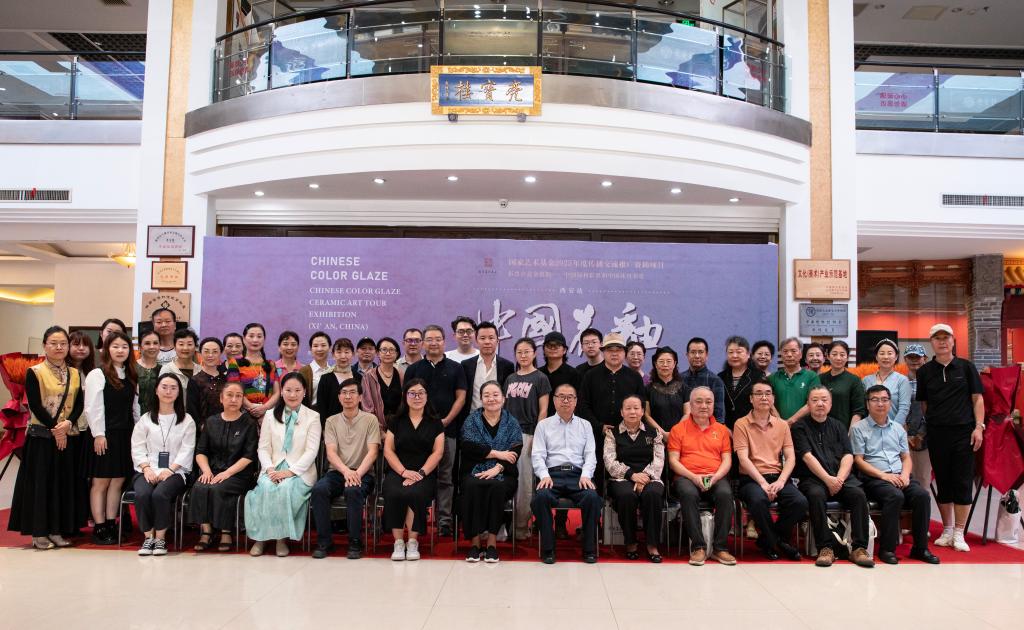
The tour has received high praise from various sectors. Cai Daying, President of the Chinese Arts & Crafts Society, commended the exhibition for embodying a harmonious blend of nature, humanity, and art across various venues—resonating deeply with the aesthetic spirit of color glaze ceramics. Although color glaze may be considered a niche field, he noted its unique aesthetic and industrial potential. With support from the China National Arts Fund, the project bridges traditional craftsmanship with future cultural innovation, demonstrating the dynamic integration of regional culture, contemporary design, and technological media.
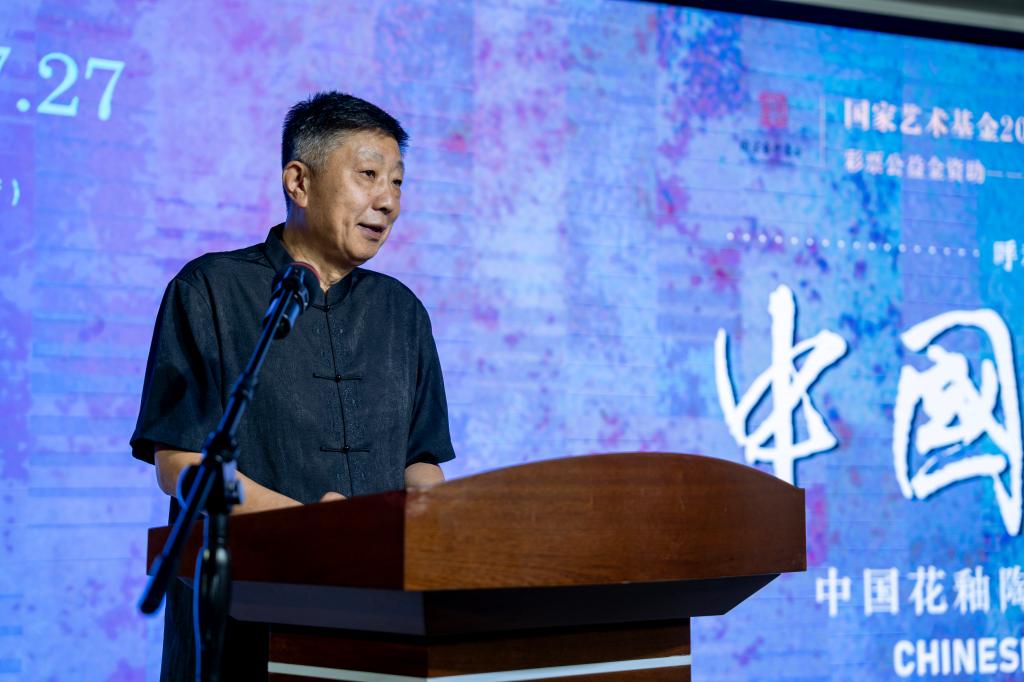
Xu Dong, Vice President and Secretary-General of the Chinese Arts & Crafts Society, described the exhibition as both an artistic feast and a profound dialogue between “beauty and technique” observing that the concept of “from innovative inheritance to inheritance through innovation” has been put into practice.
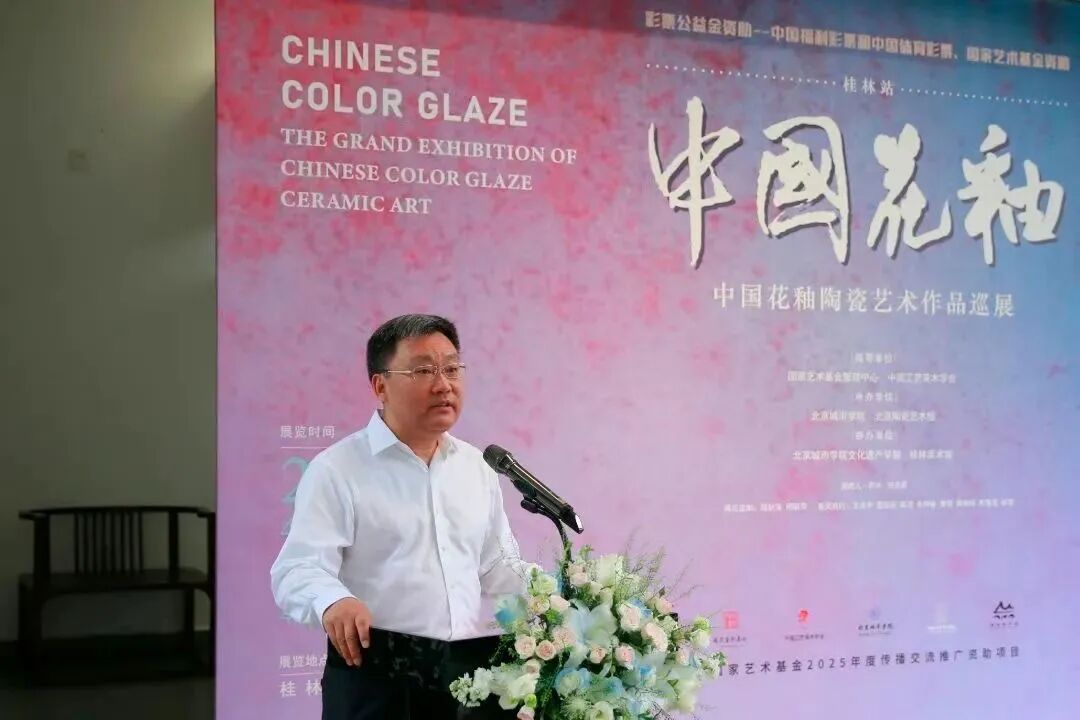
Lü Pinchang, Party Vice Chair and Executive Vice President of Jingdezhen Ceramic University, stated that the beauty of kiln transformation embodies the classical idea of “timely heaven, earthly atmosphere, material beauty, and artisan skill”, symbolizing a spirit of continuous innovation. He expressed hope that the exhibition would catalyze the creation of a collaborative innovation community in ceramic education among universities and institutions.
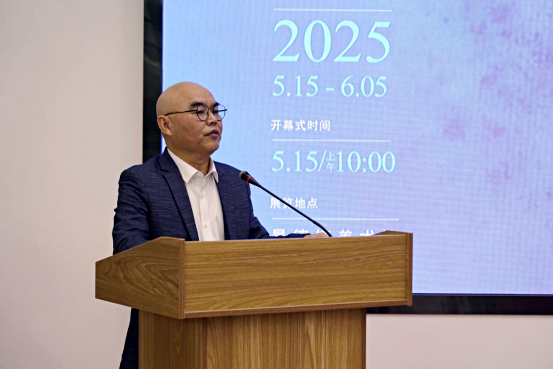
Our university leaders attended the exhibition events and shared insights on BCU’s philosophy in advancing aesthetic education and cultural innovation.
Executive Vice President Tian Peiyuan emphasized that BCU is committed to “serving the city and serving the industry”, having established an integrated platform for teaching, research, and social service. She described the touring exhibition as a vivid example of how university-led aesthetic education can integrate into the urban cultural ecosystem.
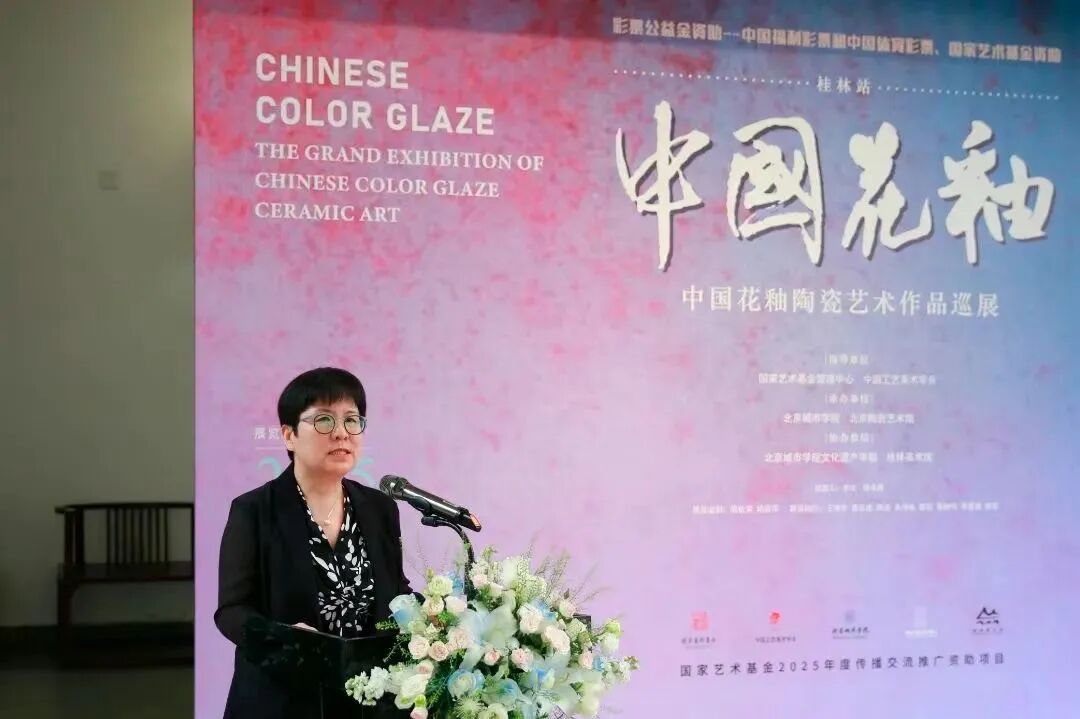
Vice President Hu Liqin stated that, building on Beijing’s status as a cultural hub, the university will strengthen talent cultivation and original creative systems guided by the principles of “starting with the end in mind, independent innovation, and serving society”.
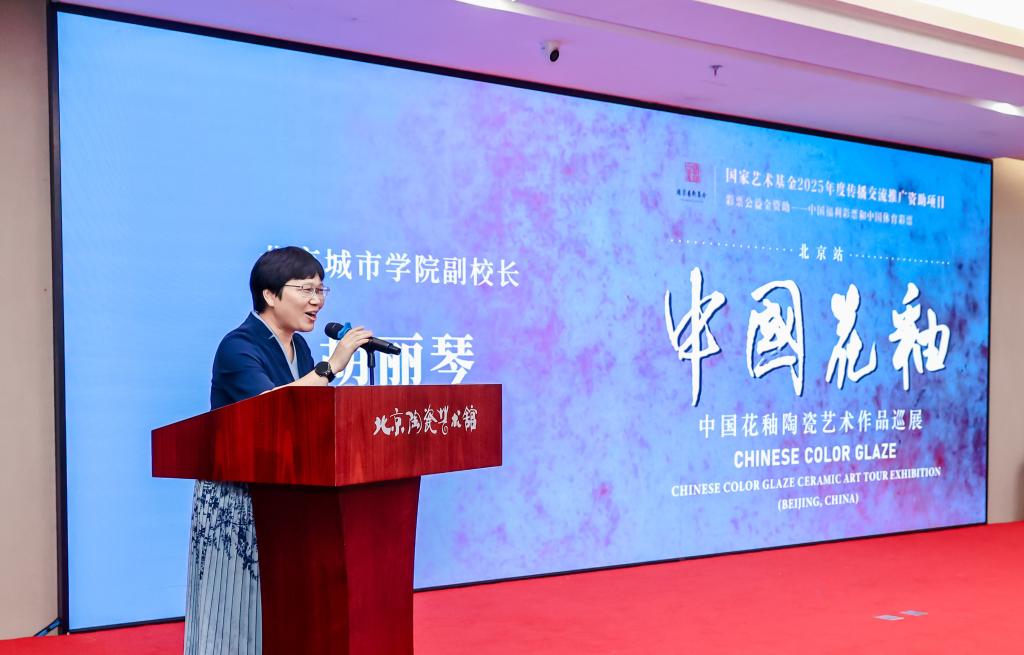
Vice President Zeng Yuhong emphasized the university’s commitment to collaborating with various parties to expand the pathways for promoting color glaze ceramics in youth education and public cultural services, deepening the mission of “cultivating people through culture and nurturing souls through beauty”.
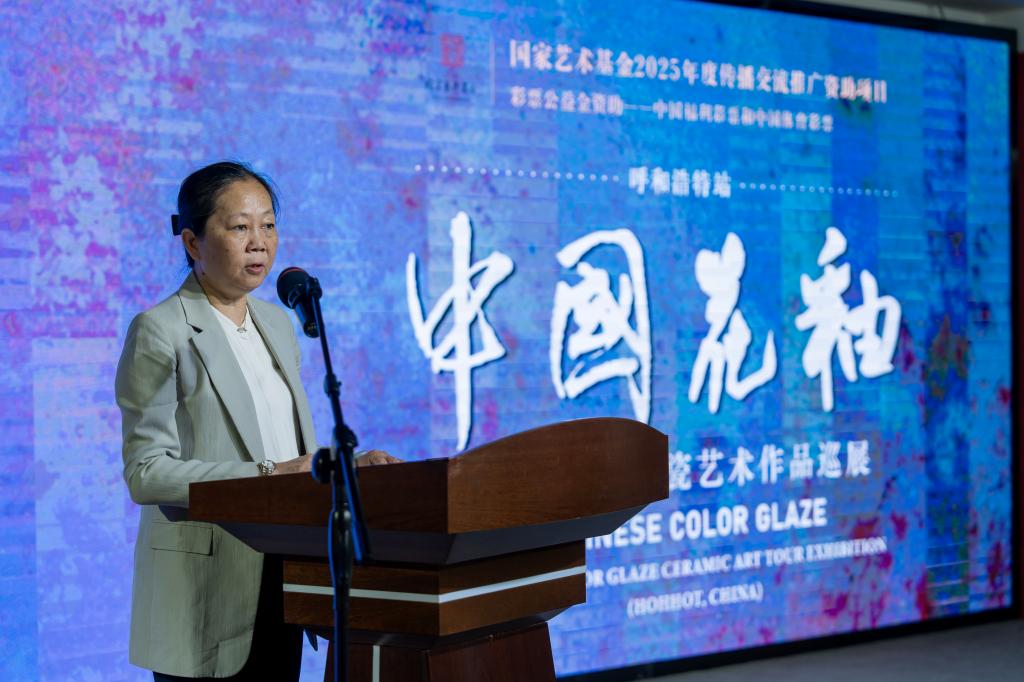
Chen Qiurong, Academic Instructor of the project and Director of the School of Cultural Heritage at our university, noted that the seven-city tour formed a “flowing narrative” bridging past and present, north and south—a journey that united creative and academic forces through “technology empowerment and craftsmanship inheritance”.
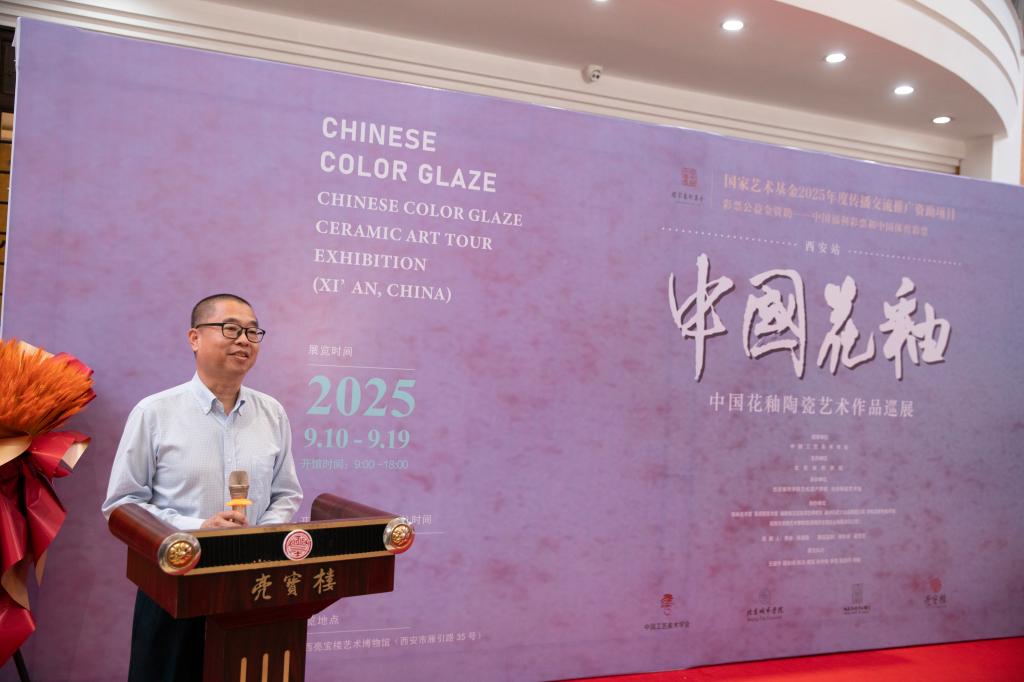
Li Bing, Project Director and Director of the Cultural Heritage Digital Research Center at our university, stated that the project will use the concept of “flambe glaze in a broad sens” as a starting point to integrate materials, craftsmanship, design, aesthetic education, and digital technologies, ensuring that color glaze becomes “visible, usable, and widely shared” in public cultural spaces.
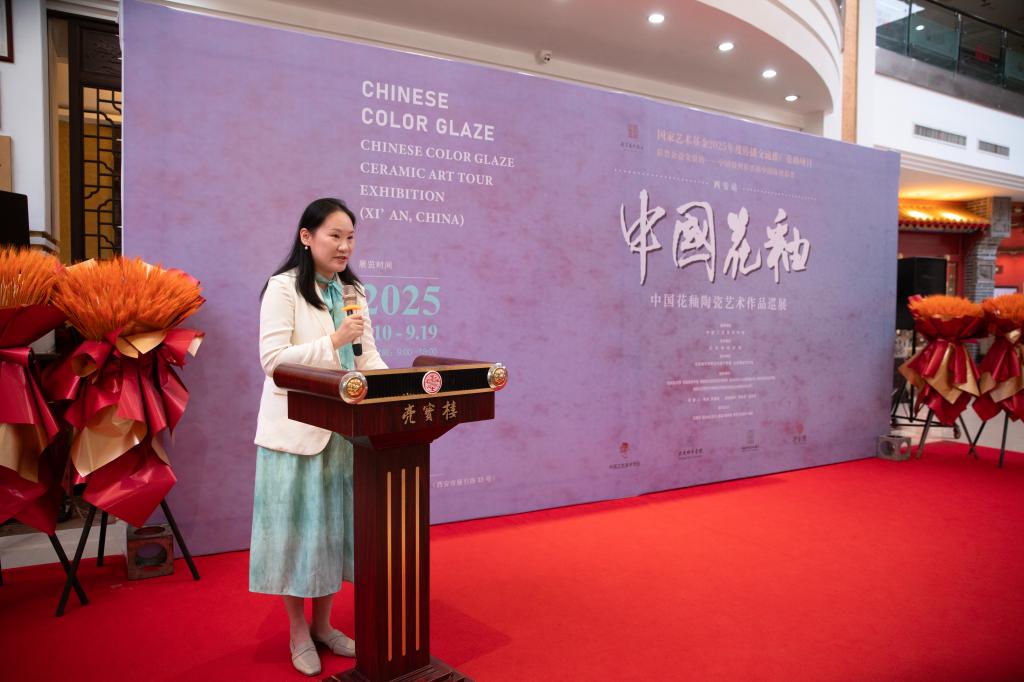
Chen Meixia, Co-Curator and Director of the Beijing Ceramic Art Museum, emphasized the need to uphold an “innovative inheritance” curatorial vision, refine narrative structures of works within context and interaction, expand immersive public scenarios, and bring color glaze ceramics into everyday life while promoting international expression.
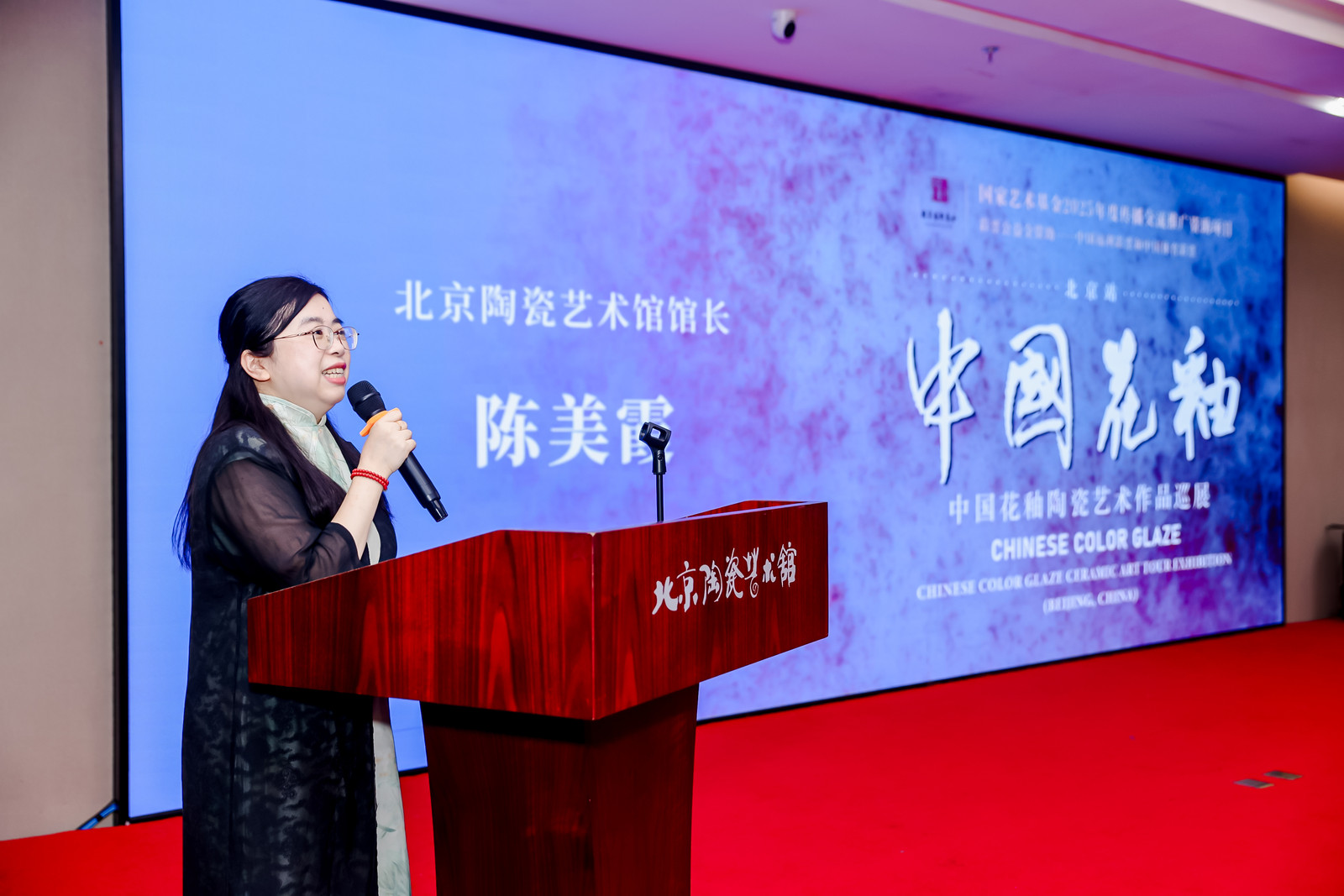
The entire tour adhered to the principle of "academic leadership, public sharing". Beyond exhibitions, the project organized academic symposium, keynote speeches, and open discussions, along with public tours, university visits, and family aesthetic education programs—transforming academic outcomes into public cultural resources and urban aesthetic education assets.
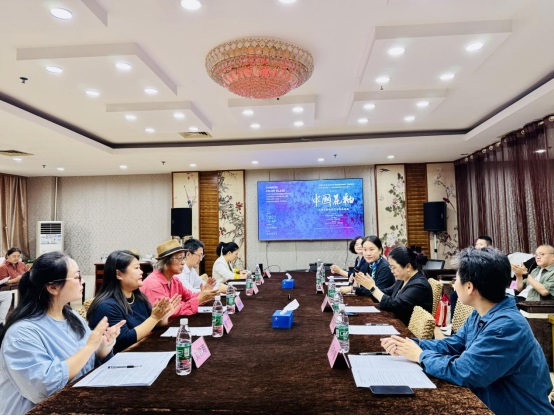
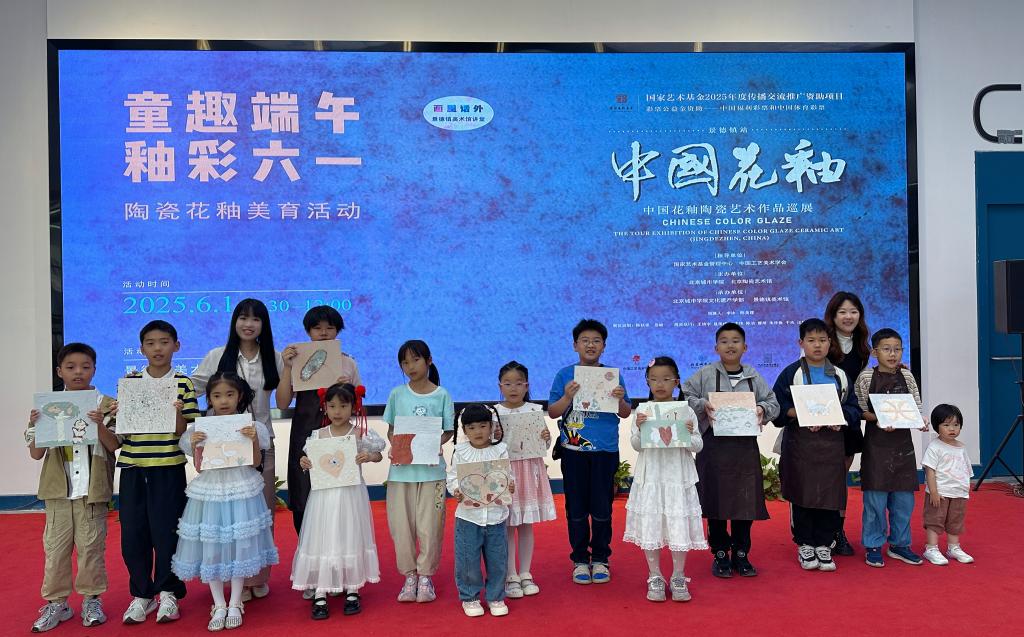
Looking ahead, BCU will deepen talent cultivation and original creative system construction, leveraging Beijing’s cultural advantages. Guided by the principles of “starting with the end in mind, independent innovation, and serving society”, the university aims to promote Chinese color glaze ceramics on the global stage. Through collaborations with overseas institutions, BCU plans to host exchange exhibitions and forums, showcasing the charm of Chinese color glaze to the world, demonstrating the originality and cultural confidence of Chinese ceramic art, and contributing to the global outreach of Chinese culture.
